By Antonio S. Lopez
On Tuesday, Aug. 2, the U.S. air force jet that flew US House of Representatives Speaker Nancy Pelosi to Malaysia headed towards Borneo before turning north to the Philippines.
At 1130 GMT (7:30 pm in Manila), Aug. 2, the Pelosi team was flying just south of the Philippines. It was trying to avoid Chinese military presence in the South China Sea. To do that, the flight to Taipei took three hours longer. A Kuala Lumpur to Taipei flight would have taken just four hours and 15 minutes.
That the US Air Force jet with Pelosi’s team flew along the eastern part of the Philippines to evade possibly hostile Chinese military planes and ships could be a metaphor, if not an augury, of things to come in what is the world’s most hotly contested region, the South China Sea.
The Philippines could be embroiled in the event of a war between the US and China over Taiwan.
Manila has a defense treaty with Washington. One must aid the other in case of an attack. The US response, however, is not automatic and immediate. It is subject to US constitutional processes, which means the US President must first get the nod of the US Congress which could delay a counterattack. Also, the Philippines is the nearest base for American troops. Manila is just 1,161 kms from Taipei, or less than 90 minutes by jet. In the north, Batanes is just 376 kms to Taiwan. Besides, there are already American soldiers pre-stationed in Filipino bases in the country.
The possibility of war presents a conundrum to President Ferdinand Marcos Jr.. He is not exactly pro-American. His father was ousted from the presidency in 1986 in a coup aided if not planned by the US Central Intelligence Agency.
On the night of Feb. 25, 1986, the family was “kidnapped”, to use the ailing President Marcos’s own word (the Americans used the word “extraction”) from Malacañang, brought to Guam for one night, and then to Hawaii.
The Marcos party of about 40 were treated badly during their forced exile. As a head of state, Marcos deserved immunity but was denied it. The exile lasted from 1986 until Marcos’s death in 1989.
Imelda was eventually pardoned by Corazon Aquino in 1991 and was elected to Congress from Leyte province in 1995 and won election in 2010 to replace her son, Ferdinand Jr.
Meanwhile, Manila under President Duterte warmed up to Beijing. He almost forgot that the Philippines won in 2016 the arbitral award over the Philippine claims to islands, islets, reefs and seas in the West Philippine Sea.
President Marcos Jr. himself has said he might continue Duterte’s independent foreign policy, which could mean he is more pro-China than pro-US.
Besides, he said in a recent speech before the Chinese ambassador in Manila: “China cannot find a greater champion than my mother in the Philippines.”
Then First Lady, Imelda Romualdez Marcos in 1975 paved the way for the establishment of diplomatic relations with what was then called Red China, far ahead of the US recognition of Beijing. Bongbong joined her parents in meeting Mao Tse Tung in the Chinese capital in 1975.
Ironclad defense commitment
Pelosi’s trip was intended to assure Taiwan that American defense commitment to it in case of an armed attack by China is ironclad, meaning the Pentagon will send war planes, battle ships and troops to repel any invader.
Pelosi is the highest ranking American official to visit Taiwan in 25 years.
Meeting with Taiwan President Tsai Ing-wen on Wednesday (Aug. 3), Mrs. Pelosi assured her Washington DC wouldn’t abandon its commitment to Taipei.
The House speaker declared: “Today the world faces a choice between democracy and autocracy. America’s determination to preserve democracy here in Taiwan and around the world remains ironclad.”
Pelosi’s surreptitious visit of course angered China. After the visit, Beijing ordered live fire drills four days, from Thursday to Sunday that were feared were nothing more than saber-rattling while at the same time, offering the potential to disrupt aircraft flights and commercial shipping in the region.
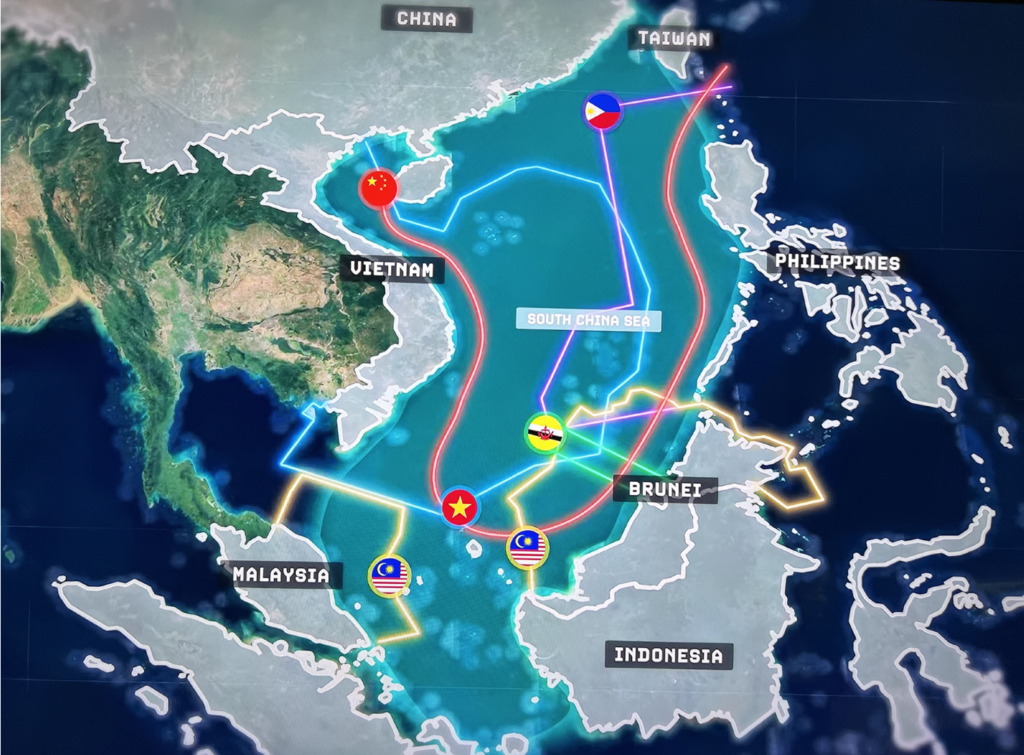
Raw nerve
For China President Xi Jinping, the Pelosi trip has struck a raw nerve. Xi is seeking a third term. But his zero covid policy has angered many constituents and brought the once robust Chinese economy, the world’s largest, to its worst slump. Accordingly, while Pelosi was still in Taipei, the Chinese dispatched 27 war planes near Taiwan’s air defense zone.
China claims Taiwan is its province, a part of its sovereign territory.
A nation of 23 million, Taiwan has prospered, however.
The US and 90% of the world do not recognize Taiwan as a sovereign state. The Philippines, in particular, does not recognize Taiwan as a sovereign state but maintains a de facto embassy disguised as an economic and cultural office in Taipei.
The US by law, is required by law to defend Taiwan and opposes any Chinese attempts to seize the island by force.
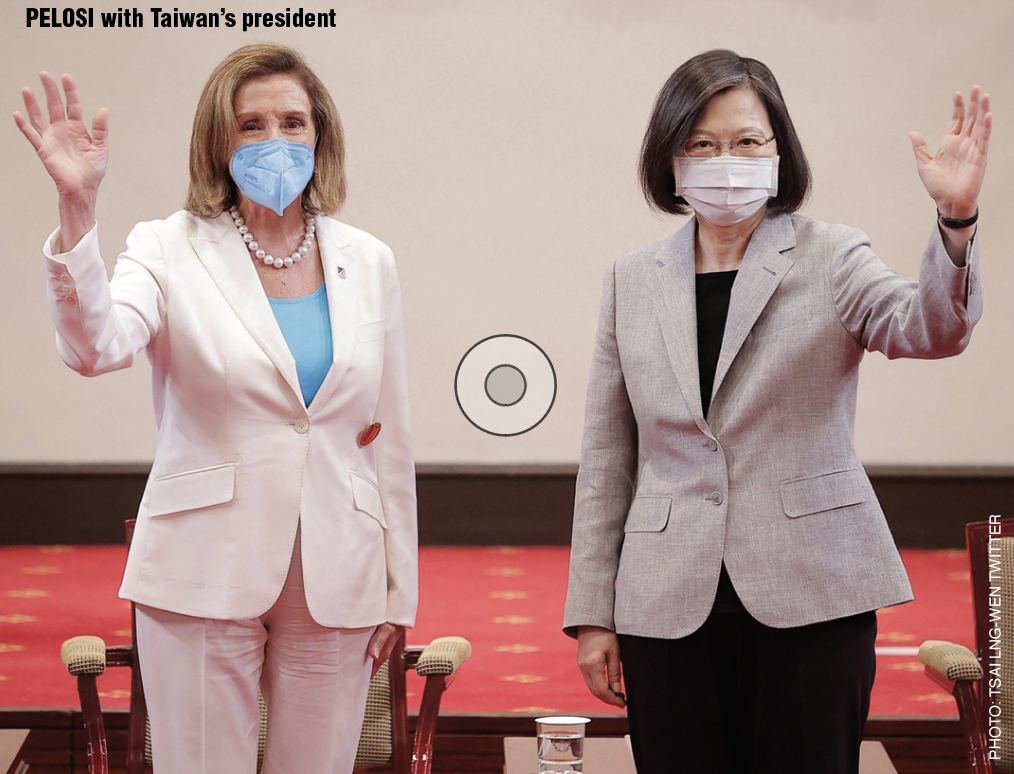
China economic slowdown
According to the World Bank, after a strong start in early 2022, the largest COVID-19 wave in two years has disrupted China’s growth normalization. GDP growth will slow sharply to 4.3% in 2022 – 0.8 percentage point lower than it projected in the December WB China Economic Update.
The World Bank blames the economic damage caused by Omicron outbreaks and the prolonged lockdowns in parts of China from March to May.
Growth momentum is expected to rebound in the second half of 2022, helped by aggressive policy stimulus to mitigate the economic downturn.
Meanwhile, President Biden has repeatedly suggested he would intervene in case of Chinese attack on Taiwan.
At least seven states claim parts, if not whole of the sea, islands, islets and reefs in the South China Sea: Brunei, the People’s Republic of China (PRC), Taiwan (Republic of China/ROC), Indonesia, Malaysia, the Philippines, and Vietnam.
Why South China Sea is crucial
The South China Sea is crucial to the world for many reasons: An estimated $3.37 trillion worth of global trade passes through it annually. The amount is a third of the global maritime trade. About 80% of China’s energy imports and 39.5% of China’s total trade had passed through the South China Sea.
Of the seven claimant countries, China has been the most vociferous and galling in its efforts to assert its claim under its so-called nine-dash line map etched by a Chinese cartographer in 1949. Using the nine-dash line, China claims sovereignty over 90% of the South China Sea.
The claim, however, was debunked by the July 12, 2016 ruling by the International Court of Arbitration in The Hague in the case presented by the Philippines against Beijing.
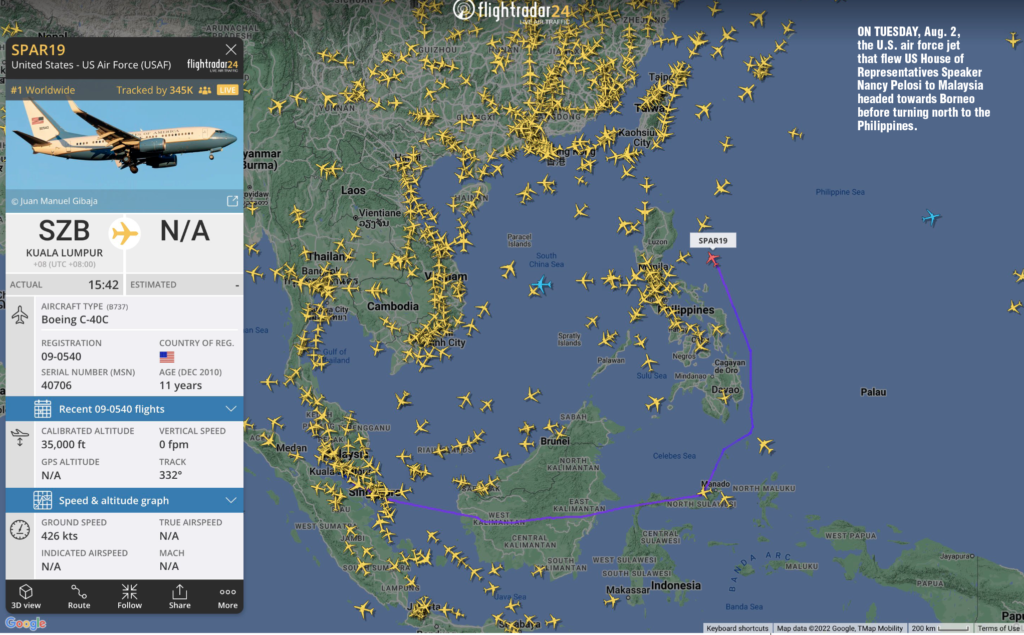
The arbitral award
The award addressed three main substantive issues:
(a) The so-called “nine-dash line” and China’s claim to historic rights in the South China Sea,
(b) The status of certain maritime features in the South China Sea and
(c) the legality of Chinese activities in the South China Sea.
However, the Arbitral Tribunal did not deal on territorial sovereignty or ownership over the disputed maritime features between the parties.
That means that the tribunal did not decide who owned the maritime features located in the South China Sea, such as the Spratly Islands, that are claimed by both China and the Philippines or any other coastal state in the region.
Also, the tribunal did not delimit any maritime boundaries between the Philippines and China in the South China Sea.
In any case, China has simply ignored the arbitral ruling and instead, built garrisons if not bases in the disputed islands dubbed by Manila as the West Philippine Sea (WPS).
China is continuing to actively develop its facilities on the disputed Subi Reef in the South China Sea, one of the reefs and or islands the Philippine claims as part of its Exclusive Economic Zone but which China has been militarizing.
For instance, there are new structures and seven active construction sites on Subi, the coral reef occupied by China since 1988 but also claimed by the Philippines, Taiwan and Vietnam.
The US military says the construction of missile arsenals, aircraft hangars, radar systems and other military facilities at Subi Reef, as well as Mischief Reef and Fiery Cross “appeared to have been completed.”
Subi is one of several major bases China has built since 2013, creating 1,294 hectares of new land, an area larger than Makati.
In 2016, the arbitral tribunal ruled Subi is submerged at high tide and is not an island but considered “sea bed”. China’s constructions thus are illegal.
The Hague tribunal dealt with the question whether China’s claims to historic rights within the “nine-dash line” were in conformity with UNCLOS. It first observed that this area – in which China claimed rights, “formed in the long historical course”, to living and non-living resources (i.e. fisheries and petroleum resources) – partially overlaps with areas that would otherwise comprise the exclusive economic zone (EEZ) or the continental shelf (CS) of the Philippines.
UNCLOS, said the Tribunal, establishes a comprehensive maritime zones regime and allocates rights in these areas to the coastal state and other states: in the areas of the EEZ and the CS, the coastal state enjoys exclusive sovereign rights to the exploitation of living and non-living natural resources.
As regards the rights of other states in these areas, the tribunal found that UNCLOS does not permit the preservation of historic rights of any state within the EEZ or the CS of another state.
Therefore, after the entry into force of UNCLOS, the historic rights that might have existed for China within the “nine-dash line” in areas that would otherwise include pre-existing historic rights no longer exist. They are not compatible with the UNCLOS.
The EEZ or the CS of the Philippines were superseded by the maritime zones regime created by UNCLOS.
That means the pre-existing historic rights no longer exist as they are not compatible with UNCLOS. Accordingly, the tribunal concluded that China’s claims were contrary to UNCLOS and exceeded the geographic limits imposed by it.
Why South China Sea is important
In a recent article for BizNewsAsia, former Supreme Court Justice explained the importance of the South China Sea. Here is what he said:
The South China Sea is one of the most important international waterways in the world.
About $5.3 trillion in ship-borne goods traverse the South China Sea every year.
Four leading exporting countries use the South China Sea for their maritime trade.
China, Japan, South Korea, and Taiwan.
About 65% of the petroleum imports of South Korea, 60% of the petroleum imports of Japan and Taiwan pass through the narrow strait of Malacca on the way to these countries.
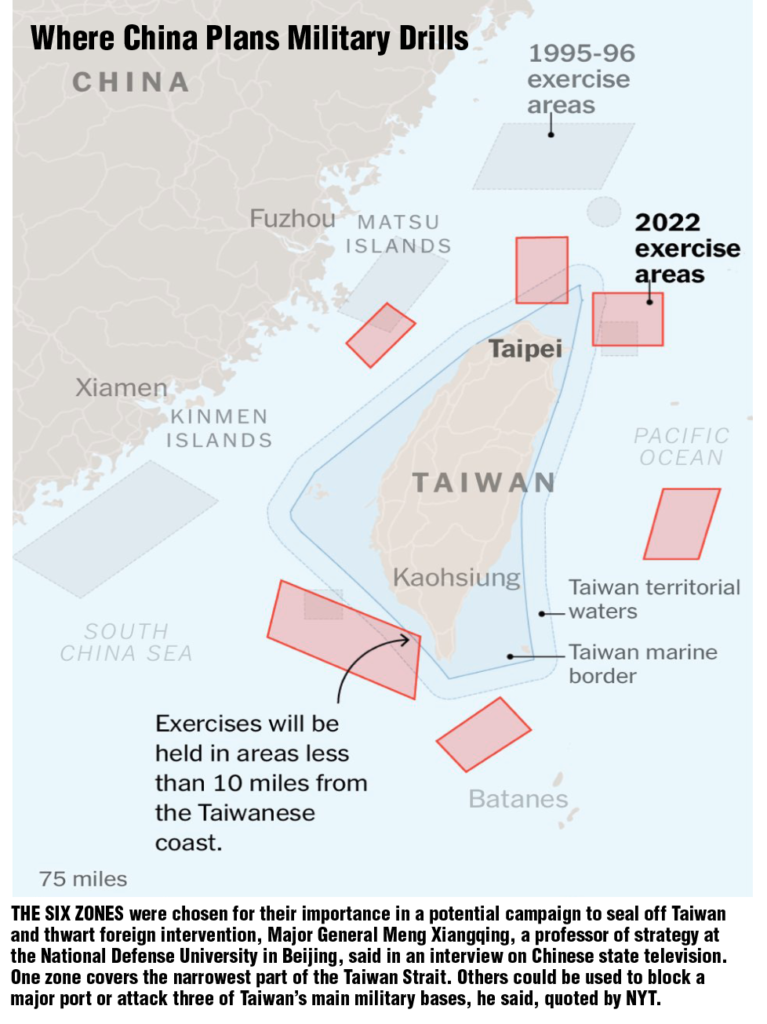
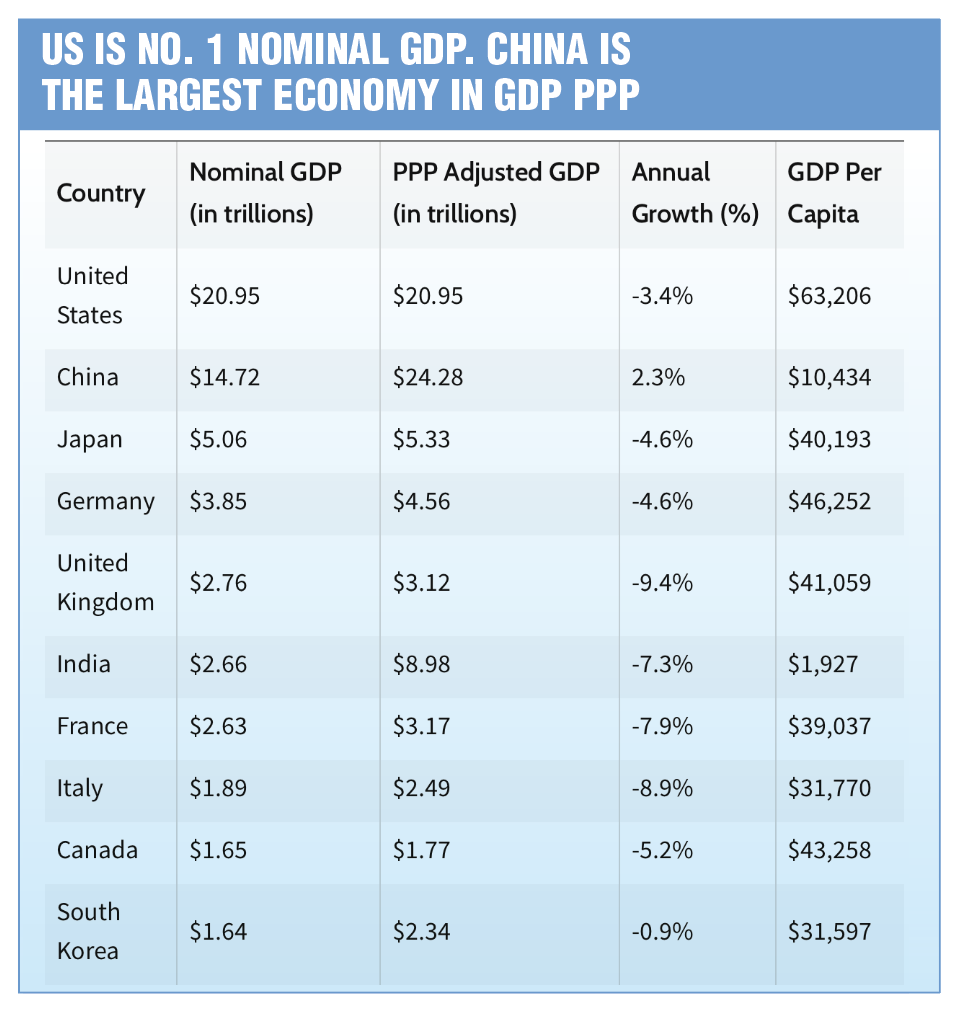
About 50% of the petroleum imports of China pass through the narrow state of Malacca going to China. Before 2015, the ratio was 80%. China has always been worried that someone might block this narrow strait and the Chinese economy will grind to a halt.
So China built two pipelines, one for oil and the other for gas from the coast of Myanmar to Kunming in Yunnan province and these pipelines started operating in 2015.
So today, 30% of the petroleum imports of China pass through these two pipelines, and only 50% pass through the narrow strait of Malacca. About 12% of the total annual fish catch of the world comes from South China Sea.
Rich in fishery
The South China Sea is very rich in the fishery. It’s a very small sea. It comprises only about 2.5% of the ocean surface of the world but it accounts for 12% of the annual fish catch because of the Spratlys.
The Spratlys are an extensive collection of atoll—atoll reefs and the Spratlys are where the fish spawn—they lay their eggs there and the eggs and larvae of the fish that spawn here are carried by currents to the coast of China, Vietnam, Luzon, Palawan, Sulu Sea.

The coast of Indonesia here in the Natuna, the coast of Borneo, Vietnam and that’s why we have a lot of fish in the South China Sea. If you remove the Spratlys you will not get as much fish as you have now in the South China Sea. The South China Sea is also rich in methane hydrates.
Methane hydrates
Methane hydrates are lumps of minerals found at the bottom of the sea. At the bottom of the sea where the temperature is very cold and the pressure is very strong, ice crystals form around natural gas, so natural gas is encapsulated in ice crystals and there’s now a technology to extract this natural gas.
Methane hydrates are estimated to be more abundant than oil and gas combined. The world reserves of methane hydrates are more than the combined reserves of oil and gas in the world.
And China has estimated that the methane hydrates in the South China Sea could power the Chinese economy for 100 years at least.
China now is testing here on the coast of Guangdong, a pilot area where they are extracting methane hydrates. China is a technology to extract natural gas from methane hydrates.
The US has the technology and Canada has the technology and Japan also has the technology.
$5.3 trillion goods pass thru the South China Sea
The South China Sea is now a very important international waterway. Of the $5.3 trillion shipborne goods that pass through the South China Sea every year, about $1 trillion of that is US inbound and outbound trade. And another $1 trillion is European Union inbound and outbound trade.
So these countries outside of the region have an interest in maintaining peace and stability in the South China Sea because their exports and imports pass through the South China Sea.
The South China Sea is also dotted with hundreds of small rocks above water at high tide. If the rock is only an inch above water at high tide it’s considered still land or territory entitled to a territorial sea of 12 nautical miles all around.
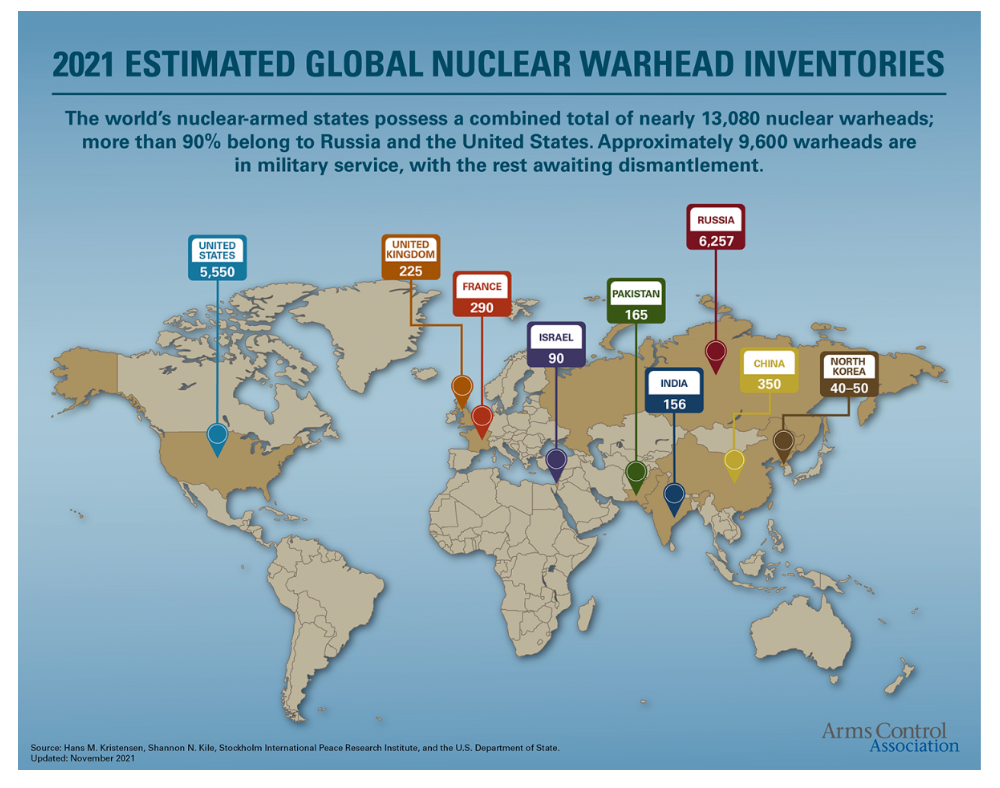

Bongbong Marcos stand
For his part, Ferdinand “Bongbong” Marcos Jr, in June after his proclamation addressed the awards day sponsored by China for pro-Chinese Filipinos. He gave a speech that seems to show he is pro-Beijing.
He said:
“I see the future of China and the Philippines developing in many ways that maybe we do not see now. I will encourage our relationship to not only be in the very strict and formal senses of business or government to government or public and private partnerships.
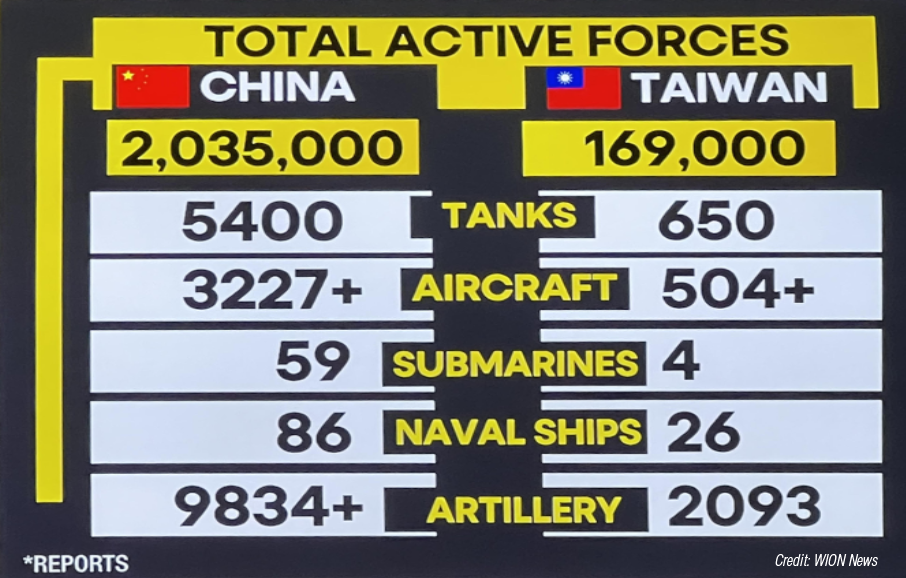
“All of those we will encourage. But I’ve learned a term in one of the conferences I was invited to in China and it is a good term because it is I believe presents us another opportunity to grow closer. And that term that I learned from the Chinese is people to people.
“That is another place, another area, another direction that we can explore to strengthen the foundations of our partnership, our friendship so that we move forward together into the future.
“The difficulties and the differences we may have will be helped in every way as long as we continue trying and continue to communicate and continue to be forthright in the interest of each of our countries.
“I am of the firm belief that as we try to make our way in the both post-pandemic world then we, each country will not be able to thrive survive and thrive by itself. We have developed such a close global community in both politics. Both in diplomacy also in business.
“And so that it is not possible any longer for a single country to make its own way and say that it will succeed. I truly believe that it is the partnerships and alliances that we, as a country will make with our friends and allies and partners around the world that will keep the stability of our economic recovery.
“And I think that again, the synergy that will come from that cooperation is what I believe will bring us forward to a bright future.”
“Perhaps, we will continue what President Duterte has started what has been described as an independent foreign policy.
“And this is what we feel is best in the national interest and I think it is to be advantageous not only to our friends in China but to all our friends around the world.
No greater China champion than Imelda
“With that in mind, I encourage you all to continue to work to these to strengthen these relationships. I add my congratulations to the awardees, I thank you all for putting in the hall of fame, my mother. And I think I may be biased, I think it is just right because China cannot find a greater champion than my mother in the Philippines.
“Come to the day that we can say, we are beyond the pandemic crisis. We are beyond the economic crisis brought on by the pandemic. We can only do it certainly in the Philippines. We can only do it with our partners and our strongest partner has always been in that regard, our close neighbor and our good friend, the People’s Republic of China.”
